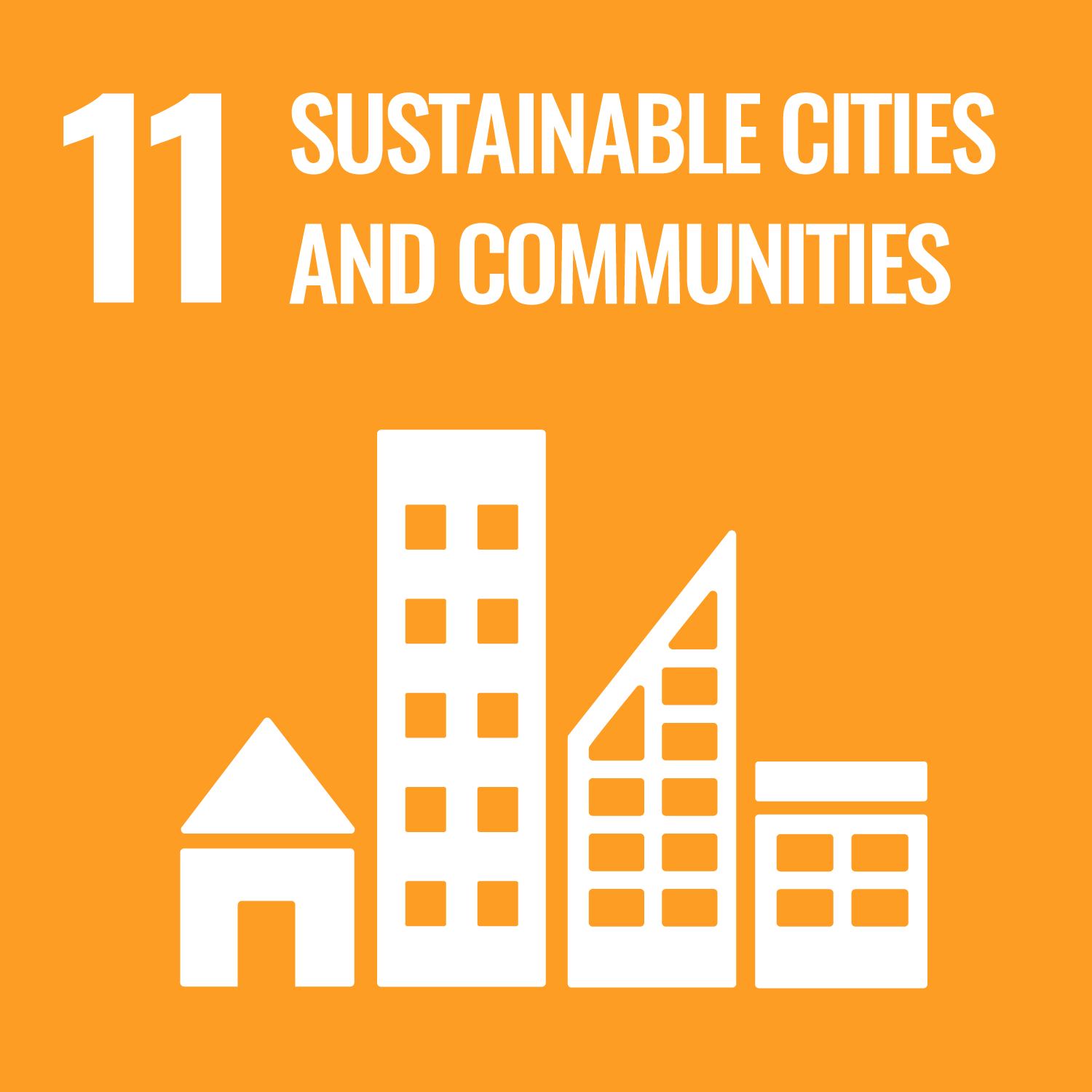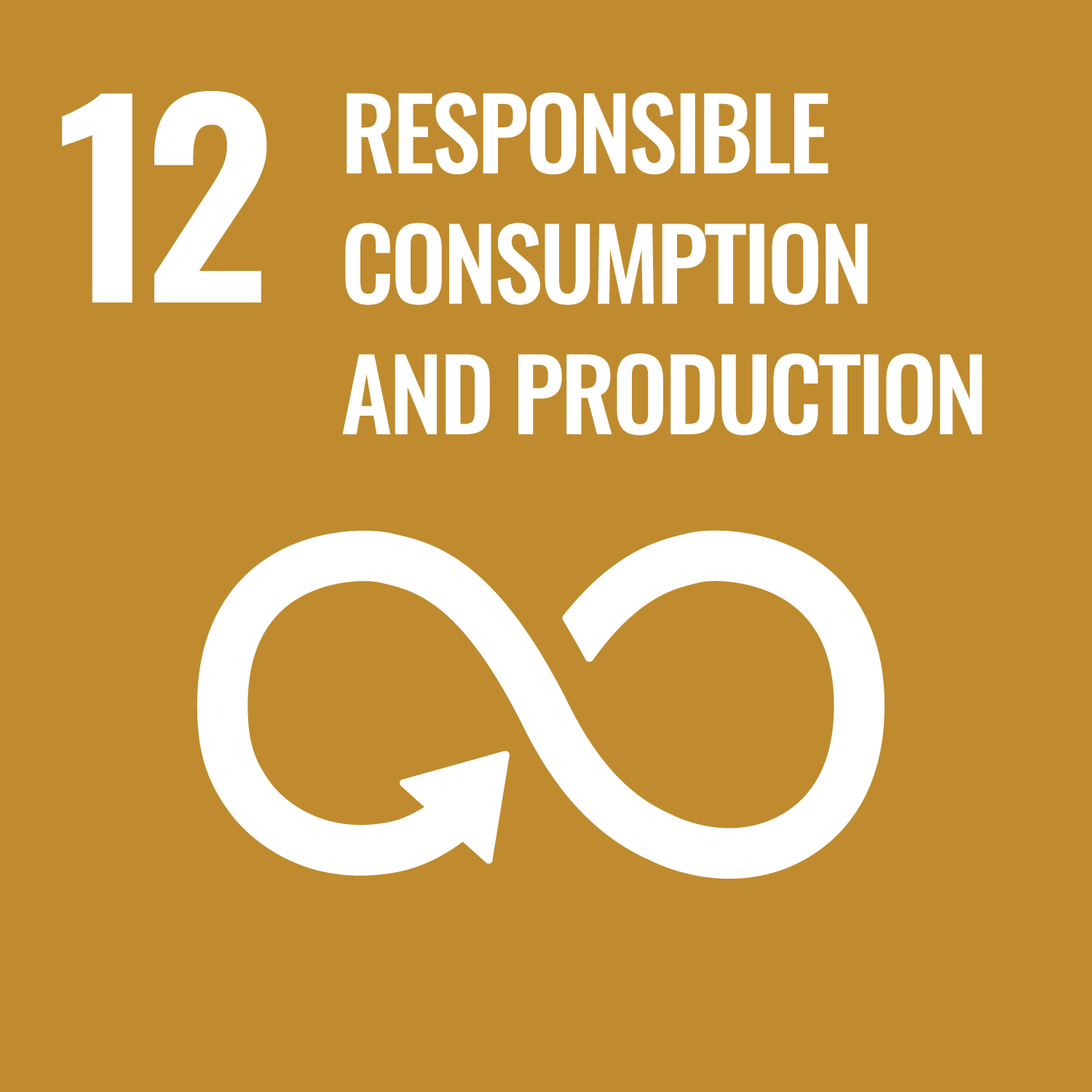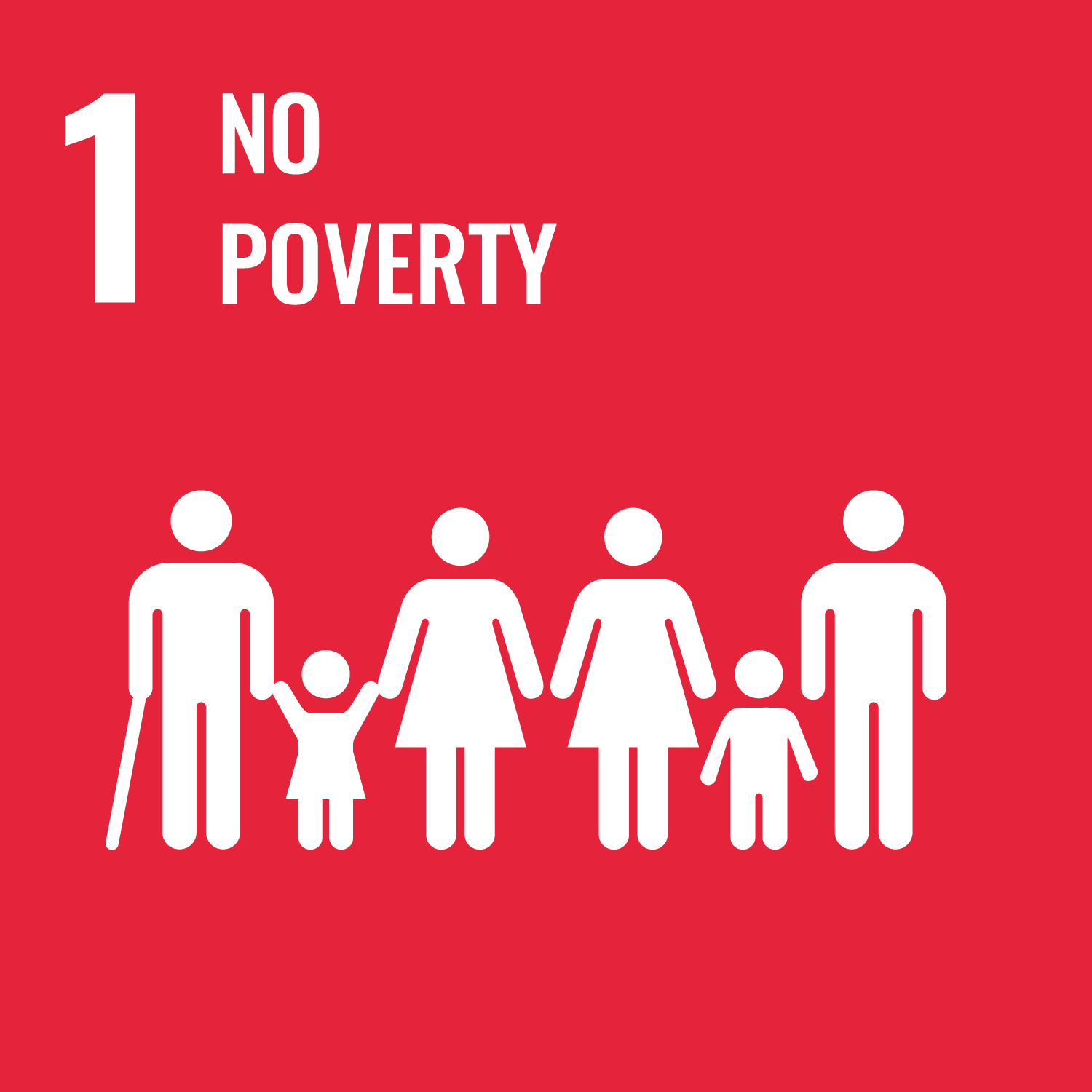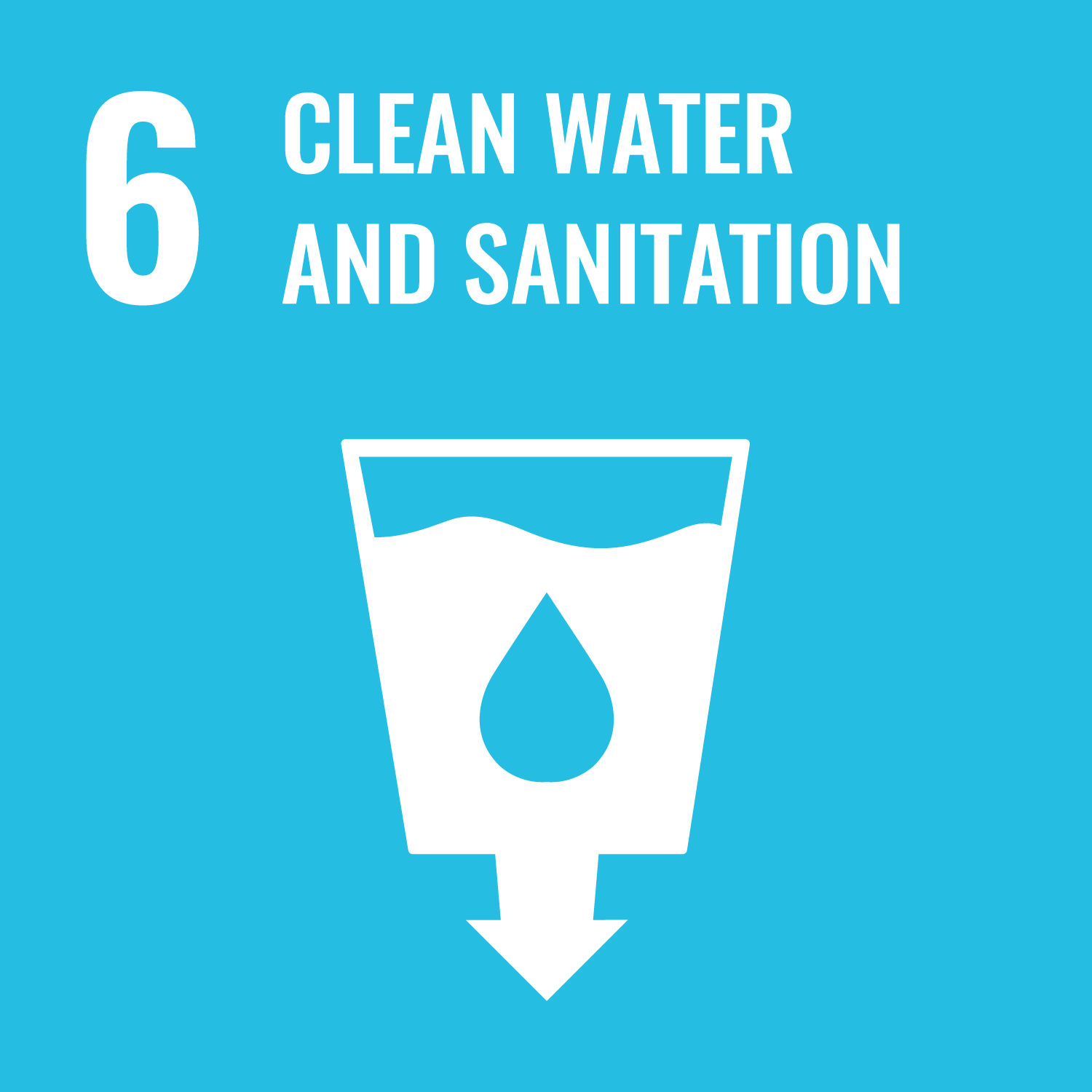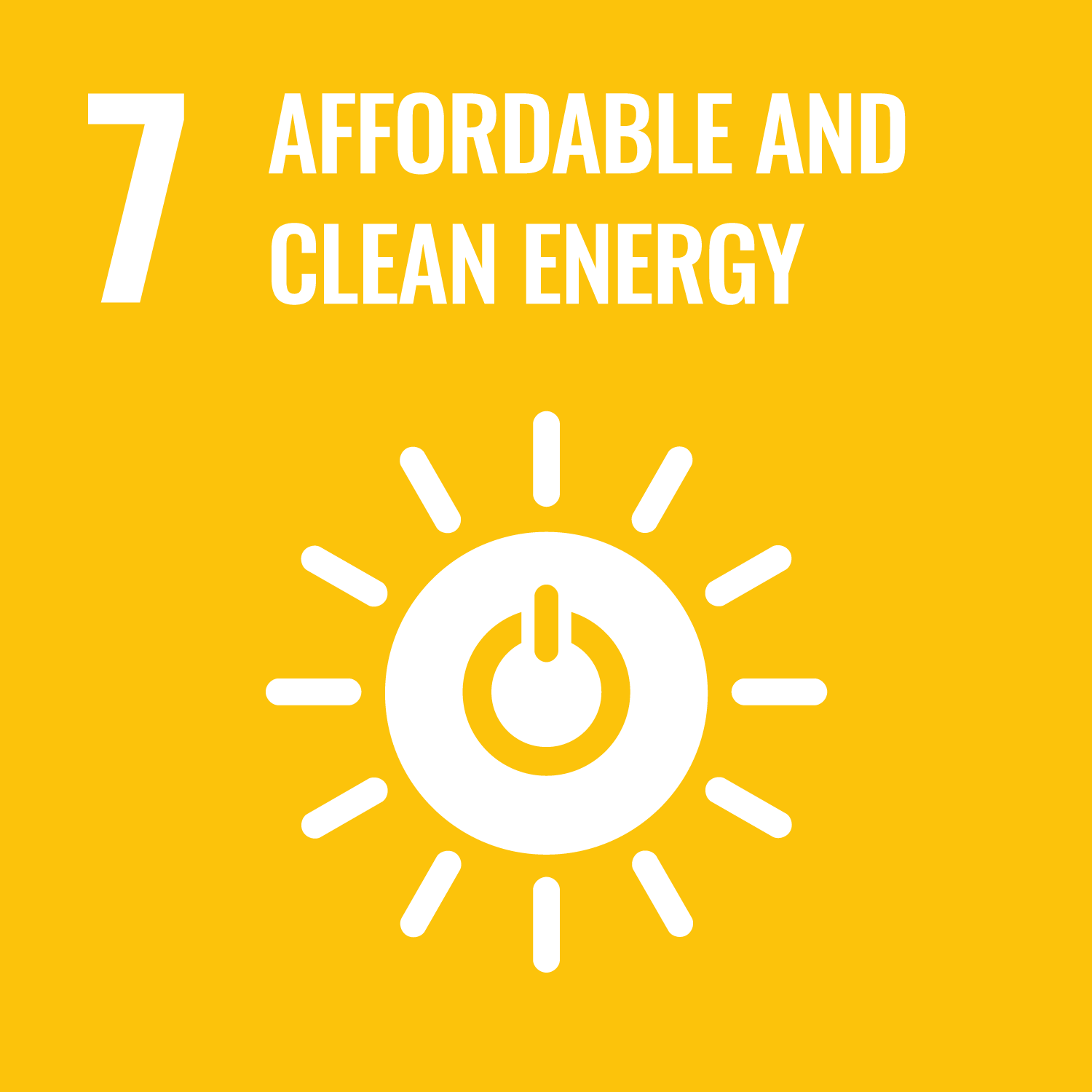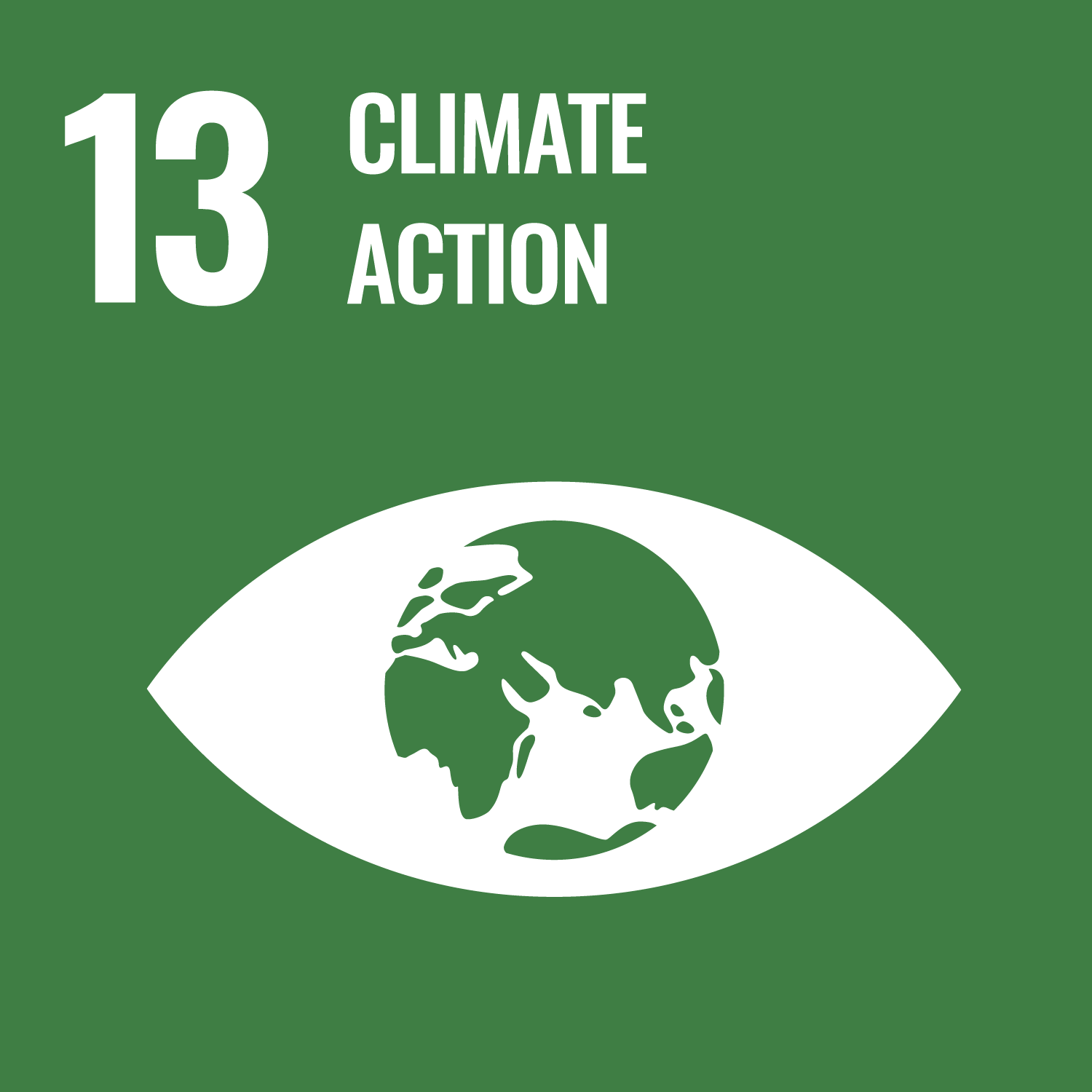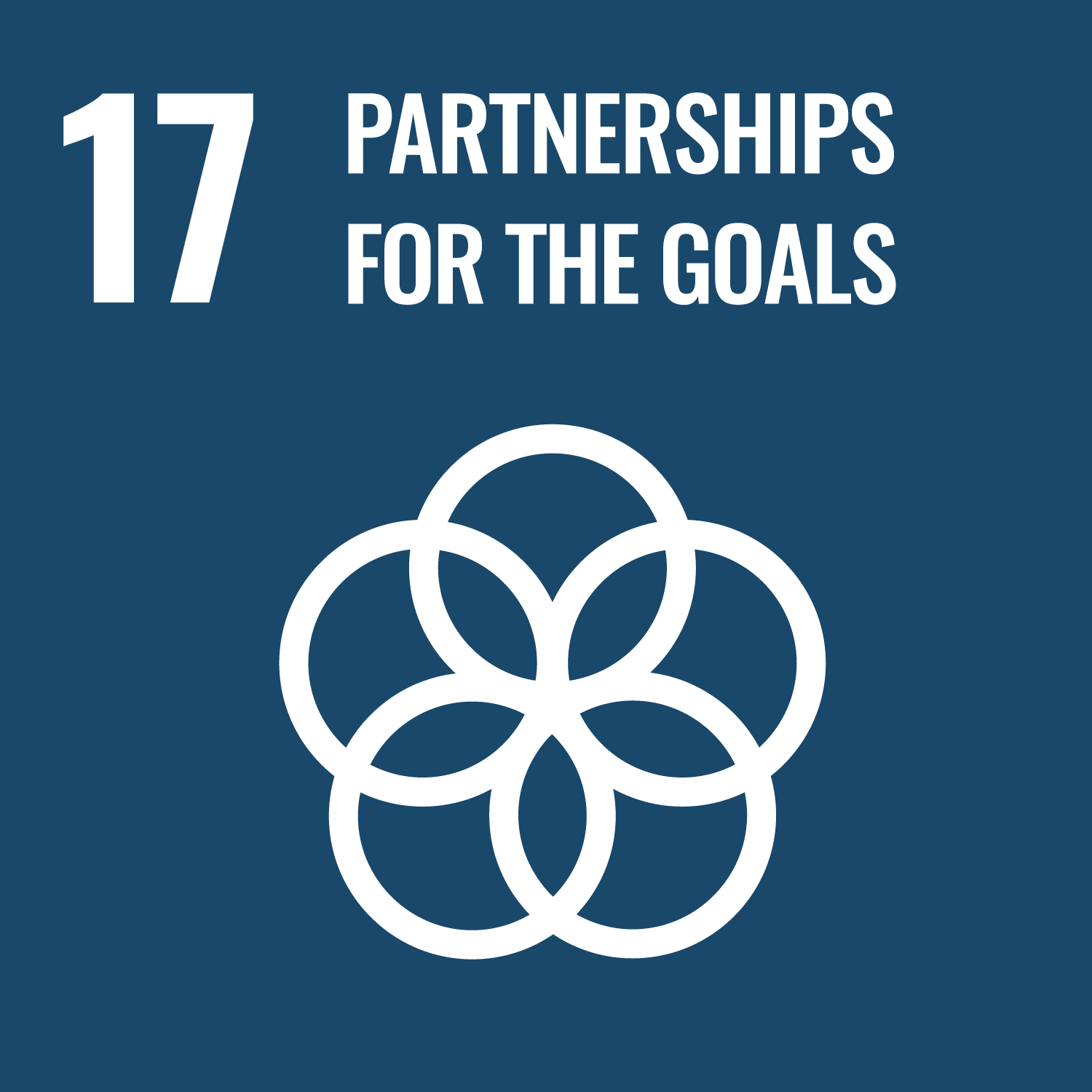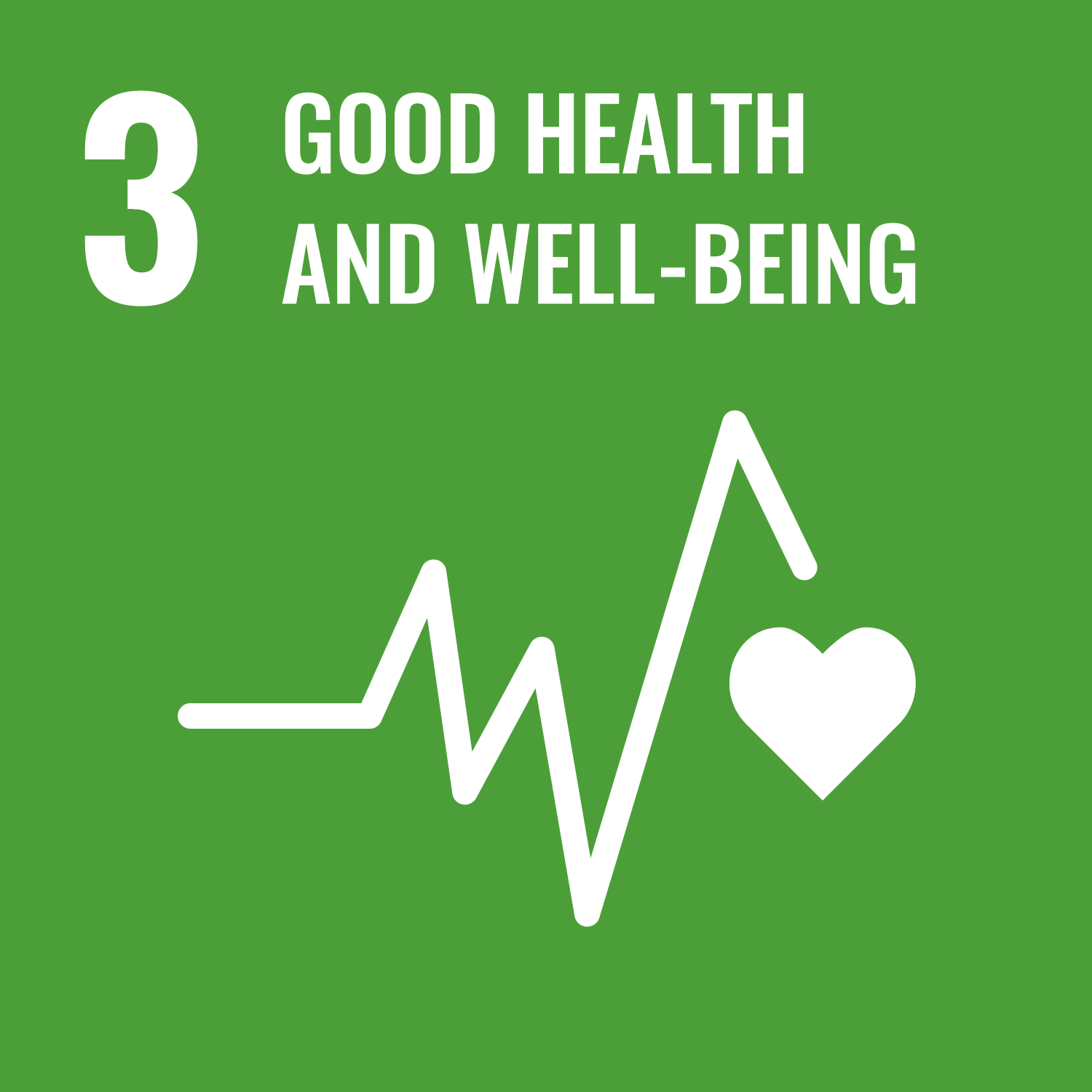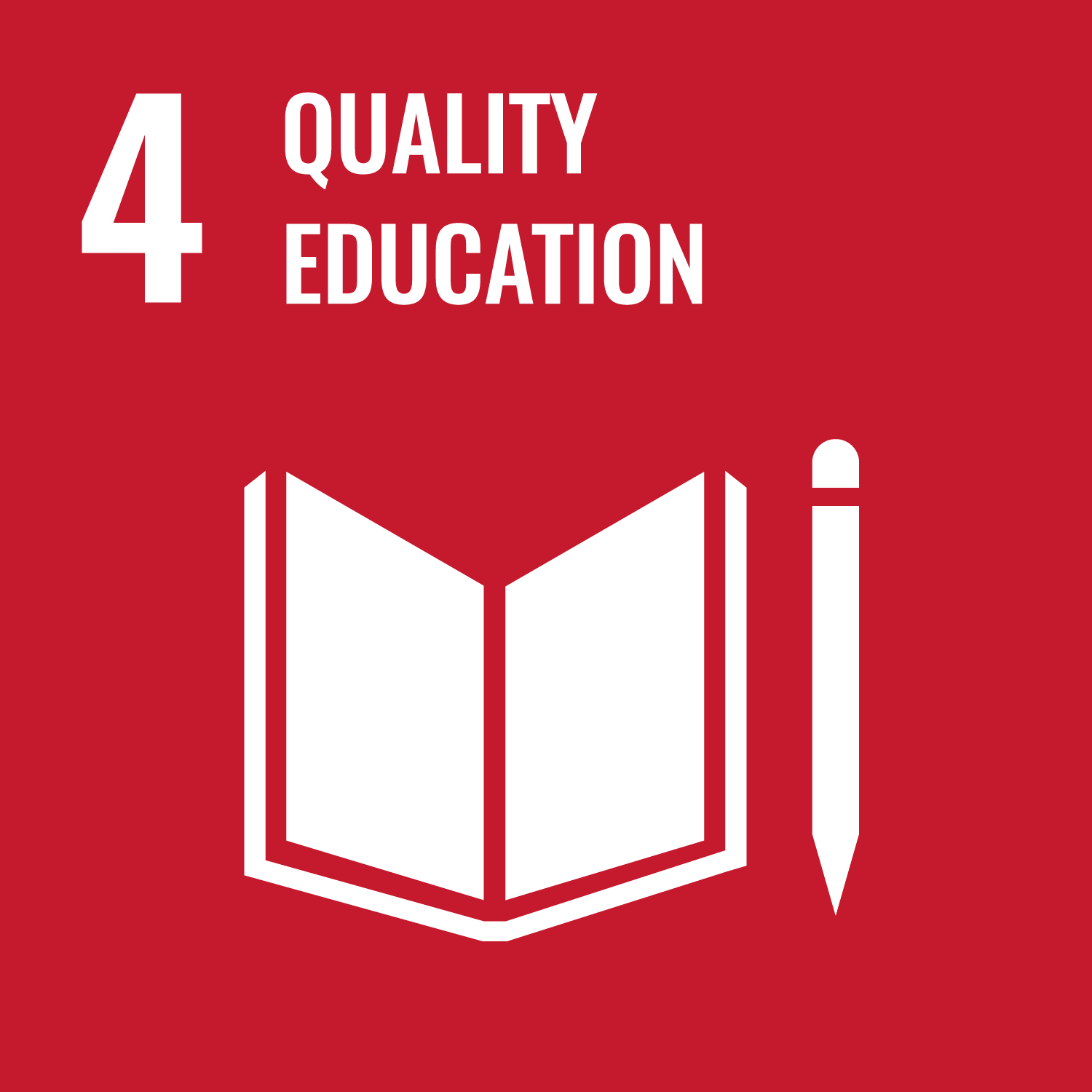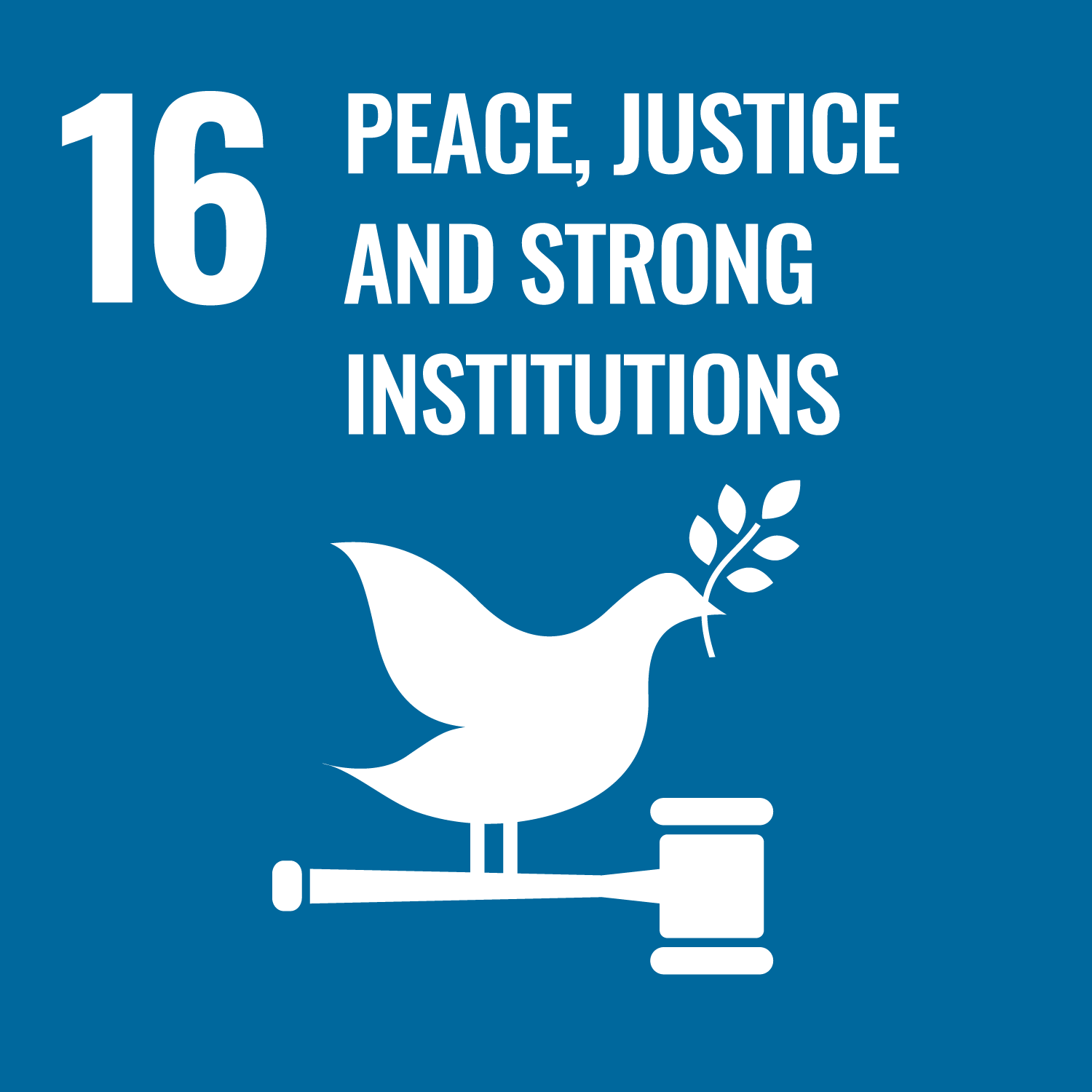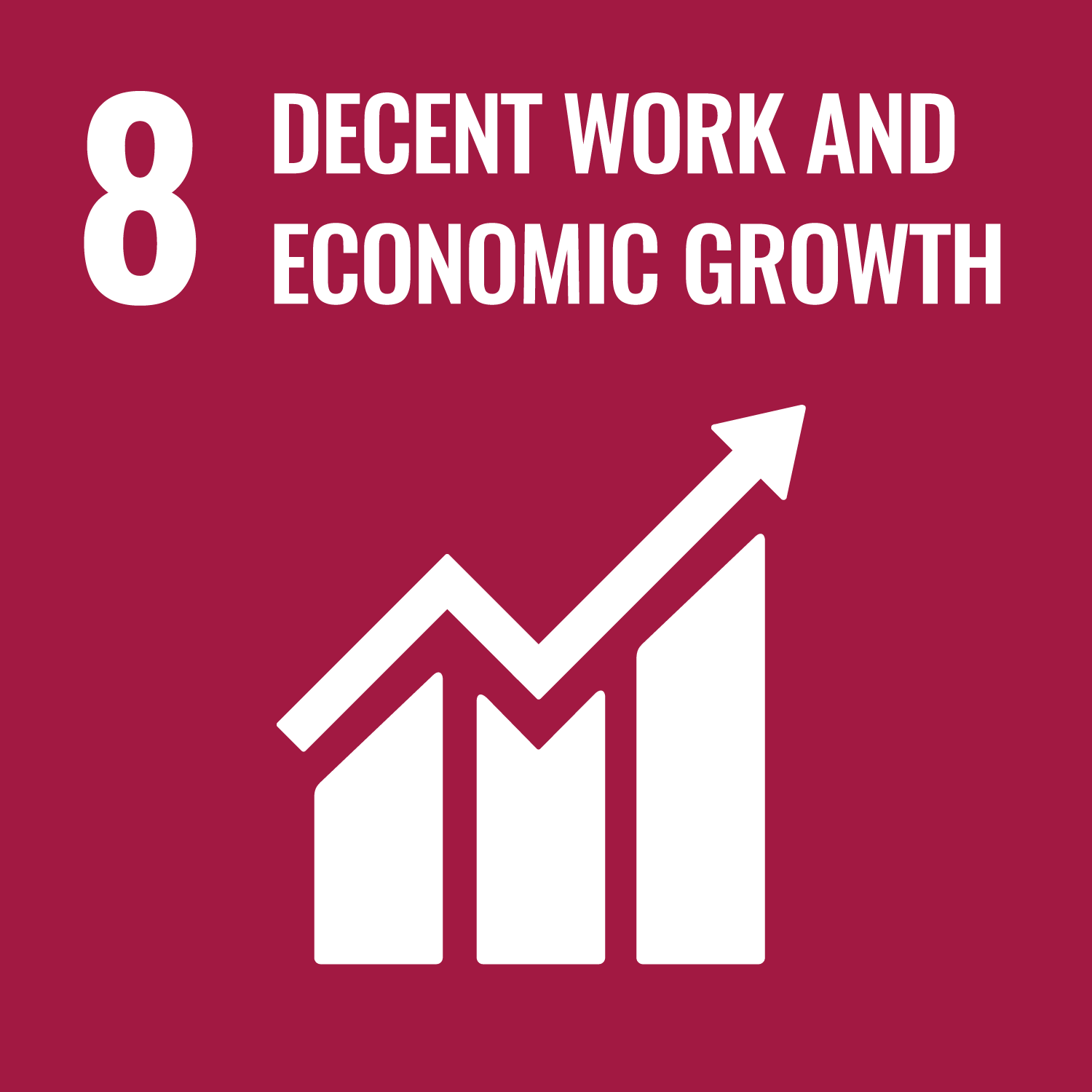| 2020 | 2019 | 2018 | |
| Retail electricity customers | 970,663 | 910,830 | 876,190 |
| Retail gas customers | 906,152 | 904,971 | 906,376 |
| Residents served by the district heating service | 895,745 | 879,070 | 868,130 |
| Integrated water service residents | 2,765,363 | 2,791,927 | 2,829,798 |
| Integrated water service municipalities | 241 | 242 | 265 |
| Urban environmental services residents (1) | 3,061,547 | 3,057,857 | 2,320,687 |
| Urban environmental services municipalities (1) | 307 | 297 | 165 |
(1) The consistent variation of the 2019 data is the result of the acquisition of San Germano.
Electricity
Electricity tariff
Electricity tariffs are made up of the costs associated with energy and the commercial activities of the distribution companies (procurement and commercialization), the charges associated with transporting electricity on national and local distribution networks, the costs of managing metering activities, general system charges and taxes.
In the free market, the seller expresses its offer by differentiating itself from competitors in the share of supply and commercialisation costs, as the other components are subject to single national standards and tariffs established by ARERA and the state.
2020 average composition of electricity bill for protected market

The overall cost in the fourth quarter of 2020 by customer type (3 kW meter and annual consumption of 2,700 kWh) served in protected market stood at 0.192 Euro/kWh (Source: ARERA), down approximately 6% compared to the same quarter of 2019.
Electricity social bonus
The electricity bonus was introduced by the government and made operational by ARERA, in collaboration with municipalities, in order to guarantee savings on electricity costs to financially burdened and/or large families. It is also provided for cases in which a serious disease entails the use of indispensable electrical medical equipment to keep them alive (physical problems). In order to access the bonus, families that fall within the income and/or social-health parameters must submit a request to their municipality. The bonus values that also allowed a 30% reduction in the bill in 2020 were:
- 125 Euro for a family of 1 or 2 members;
- 148 Euro for a family of 3 or 4 members;
- 173 Euro for a family of more than 4 members.
Electricity service levels
Quality standards for the sale of electricity
The commercial quality standards are dictated by ARERA (Res. 413/2016 Amalgamated Law on the Quality of Sales Services – TIQV) refer to how promptly the seller provides some services requested by customers (replies to written complaints and requests for information, correction of bills, etc.).
The seller must comply with specific standards (beyond which, customers are entitled to automatic compensation) and general standards (for which a certain percentage of performance is required and no automatic compensation is paid). Data relevant to the individual companies are published in order to allow customers to compare the service levels offered.
The 2020 figure shows a lengthening of response times, mainly attributable to the increase in complaints compared to the previous year, concerning billing and contracting matters, and the delay in the sorting of requests by Atena Trading, due to a computer virus that affected the Company in December 2019, to which was added the Covid-19 health emergency, which resulted in a temporary shortage of personnel for the external call centre operator, penalizing the management of practices.
| Response to written complaints (days) | 2020 | 2019 | ARERA max time |
| Average response time | 27.9 | 16.7 | 30 |
To constantly monitor its commercial quality, Iren Group considers it strategic to monitor customer satisfaction (see page 100 of the “Sustainability Report”).
Quality standards for distribution
Quality standards for the distribution of electricity are defined by ARERA (Res. 566/2019/R/EEL), which approved the “Amalgamated Law on the Output-Based Regulation of the Electricity Distribution and Measurement Services” for the 2020-2023 period, which governs the continuity of service and voltage quality, specific and general levels of commercial quality and the selective promotion of investments in distribution networks.
Indicators measuring the service levels of Iren Group, which are considered relevant due to the impacts they may have on end customers or the environment, are reported below.
The level of network leaks within Iren is consistently below the national average. ARERA conventionally sets standard leaks for the electricity grid, defining a percentage amount of the energy withdrawn in function of voltage, with the aim of encouraging the reduction of network leaks, comparing standard leaks with actual leaks.
| Electricity network leaks | 2020 | 2019 | 2018 |
| Iren Group | 2.91% | 4.23% | 4.17% |
| National average (1) | 6.40% | 6.40% | 6.40% |
(1) Most recent data available from the GSE Energy Report dated 31 December 2018.
The mean number of interruptions per LV (low voltage) customer (N1) is the indicator relevant to unexpected long or short- term interruptions (less than 3 minutes but more than 1 second) attributable to the distributor. The cumulative downtime (D1) measures the average number of minutes of interruption, per low voltage customer, of long-lasting interruptions without notice, attributable to the distributor.
ARERA sets target values for these indicators concerning the size of the areas served: high concentration (municipalities with more than 50,000 residents), medium concentration (municipalities with more than 5,000 residents) and low concentration (municipalities with less than 5,000 residents).
If the distributor delivers improvements in the indicators compared to the previous year, it receives a bonus from ARERA; otherwise it may receive a sanction and the relative fine.
| Average number of outages per LV customer– N1 (1) |
2020 | 2019 | 2018 | 2020 ARERAtarget (2) |
| Turin high-density | 1.47 | 1.43 | 1.37 | 1.27 |
| Parma high-density | 1.32 | 0.98 | 1.80 | 1.20 |
| Parma low-density | 4.01 | 2.23 | 2.59 | 4.30 |
| Vercelli medium-density | 0.81 | 0.75 | 1.25 | 2.25 |
(1) 2020 data are estimated. They are subject to verification and are dependent on submission to ARERA on 31/03/2021 for the 2020 financial year.
(2) The target values valid until 2019 were 1.00 for high concentration, 2.25 for medium concentration and 4.00 for low concentration.
In 2020, ARERA raised the level of the objective if, in the calculation of the average number of minutes of interruption, the distributor also includes external causes, i.e., service disruption events caused by third parties (e.g., damage to cables as a result of excavation work by third parties who do not operate on behalf of the distributor; service disruptions caused by failures occurring on private systems underlying the network).
| Cumulative downtime – D1 (min./user) (1) |
2020 | 2019 | 2018 | 2020 ARERA target (2) |
| Turin high-density | 26.81 | 25.70 | 28.70 | 28.00 |
| Parma high-density | 34.90 | 23.00 | 34.21 | 28.00 |
| Parma low-density | 72.91 | 48.06 | 36.61 | 68.00 |
| Vercelli medium-density | 11.57 | 8.12 | 11.23 | 45.00 |
(1) 2020 data are estimated. They are subject to verification and are dependent on submission to ARERA on 31/03/2021 for the 2020 financial year.
(2) The target values valid until 2019 were 25.00 for high concentration, 45.00 for medium concentration and 60.00 for low concentration.
In 2020, there was an increase in the number of interruptions in Turin and Parma, resulting in higher N1 and D1 values. In Turin, there were more interruptions concentrated in the same period of the year, generating the so-called “disrupted periods” (not included in the cumulative D1 downtime counts, according to ARERA provisions), while in Parma, there were interruptions in different periods of the year, whose lower concentration did not cause disrupted periods and which are therefore also considered in the calculation of the average annual downtime value (D1).
Iren Group, in the context of credit control, monitors the network disconnections of customers due to non-payment of bills, but does not consider it appropriate to report it, considering it as being sensitive data.
Electricity distribution network
Iren Group manages the electricity distribution network plants in the Municipality of Parma, the City of Turin - as well as some sections of network in some municipalities in the metropolitan area, Valle Orco and Valle Dora - and the Municipality of Vercelli.
The size of plants owned by the Group at 31 December 2020 is summarised up in the table below:
| Distribution network plants | u.m. | Parma | Turin | Vercelli |
| HV/MV stations | no. | 5 | 10 | 1 |
| MV/MV primary substations | no. | - | 21 | 1 |
| MV/LV secondary substations | no. | 1,209 | 3,495 | 187 |
| HV/MV transformers | no. | 13 | 24 | 2 |
| MV/LV secondary substation transformers | no. | 1,415 | 3,100 | 303 |
| HV lines | km | - | 22 | 10.8 |
| MV lines (overhead/ground) | km | 915 | 2,065 | 203 |
| LV lines (overhead/ground) | km | 1,623 | 2,624 | 332 |
| Electronic meters | no. | 138,856 | 591,855 | 31,990 |
The annual maintenance plan, on the secondary electricity distribution networks, provides for the inspection of medium voltage (MV) substations and overhead power lines with different articulation for the areas of reference:
- for electricity substations, an inspection every three years for Parma, every two years for Turin and every year for Vercelli. In 2020, 2,008 out of a total of 5,692 substations were inspected (in addition to primary MV/MV substations and secondary MV/LV substations, MV delivery substations and conversion substations for tramway power supply are also included), equal to 35%;
- for medium voltage (MV) overhead power lines, a visual inspection every three years for Parma, every six months for Turin and once a year for Vercelli. The electricity overhead network is approximately 1,384 km and, in 2020, around 15% was inspected.
The inspection plan, which was fully conducted in 2020, consists of controls of the compressed-air systems in the Turin area every quarter, the general inspection of every plant every four months, the thermographic control of active plant areas every six months, the control of electrical equipment containing oil with PCB>50 ppm every year and, also yearly, the control of the state of asbestos products.
Gas
Gas tariff
Gas tariffs comply with ARERA regulations (Amalgamated Gas Sale Law – TIVG and the Consolidated Law – TUDG/RTDG), state laws concerning Gas Excise Duties and VAT and regional laws concerning the additional regional tax (ARISGAM) applied to natural gas. Gas tariffs are made up of the costs related to energy and commercial activities managed by the sales company and the component related to costs for gas transport into national and local distribution networks, which cover the costs of the national transporter and the local network operator. In addition to these, there are national taxes and regional additional taxes as well as general system charges. In the free market, the seller expresses its offer by differentiating itself from competitors in the share of supply and commercialisation costs since the other components are subject to single national standards and tariffs established by ARERA and the State.
2020 average composition of gas bill with protected market tariff

The overall cost in the fourth quarter of 2020 by customer type (annual consumption of 1,400 sm3) with a protected market tariff stood at 0.671 Euro/sm3 (Source: ARERA), down approximately 9% compared to the same quarter of 2019.
Gas social bonus
The gas bonus is provided for financially burdened families (identified according to the EESI indicator) and applies only to methane gas distributed to the network for home-of-residence consumption and not cylinder gas or LPG. According to criteria and procedures laid out by ARERA, households are eligible to receive a contribution to mitigate the costs linked to gas use. Access to the bonus is generated from a request submitted by the customer to the municipality of residence, certifying their condition of financial difficulty. After a positive assessment by the municipality, the distributor is notified, which credits the seller with a determined amount that the seller will pay to the end customer.
Gas service levels
Quality standards for the sale of gas
As for electricity, the quality standards for gas sales are dictated by ARERA (Res. 413/2016 Amalgamated Law on the Quality of Sales Services – TIQV) and provide for compliance by the seller with specific standards and general standards in the performance of certain services required by the customer.
The 2020 figure shows a lengthening of response times due mainly to the increase in complaints compared to the previous year.
| Response to written complaints (days) | 2020 | 2019 | ARERA max time |
| Average response time | 27.0 | 20.0 | 30 |
Quality standards for distribution
The distribution service consists of the withdrawal of natural gas from Snam Rete Gas pipelines, by means of first-stage withdrawal points, and its transportation through local gas pipeline networks for delivery to end users. A gas distribution system is typically composed of:
- main supply natural gas distribution networks (pressure greater than 5 bar), medium pressure networks (greater than 0.04 bar up to 5 bar) and low-pressure networks (up to 0.04 bar);
- RE.MI. substations (acronym for Regulation and Measurement) or first-stage substations, where a first reduction in the pressure of the gas taken from the Snam Rete Gas high-pressure pipelines is made. The RE.MI. plant consists of the complex of equipment where the gas undergoes filtration, pre-heating, pressure reduction, measurement and odorisation;
- user-derived systems, the complex of pipes and accessory devices that constitute the installations necessary to supply the gas to the end customer. The user-derived system starts from the gripper (the part of the system used to withdraw the gas from the main pipe by conveying it, through a pipe with a smaller diameter, towards the meter) and extends to the measurement group (meter).
Gas distribution is carried out by Iren Group in compliance with the rules of functional separation for companies vertically integrated into the sector, in compliance with the principles of cost-effectiveness, profitability and confidentiality of company data with the aim of promoting competition, efficiency and adequate service levels.
The use of innovative technologies for laying and maintaining the networks means that necessary activities can be performed while reducing time frames and costs and keeping disruption to residents to a minimum. Security is guaranteed via remote control systems, a 24-hour emergency service, the cathodic protection of the steel networks, the use of odorised gas and regular and scheduled inspection of the network.
The Group also manages the distribution of LPG, particularly in the province of Reggio Emilia through 14 storage plants and in the province of Genoa, through 7 storage plants located in the various localities of municipalities not yet reached by the natural gas network. Suppliers deliver the pre-odorised LPG in tanks, the Group distributes it to customers at a pressure of 30 mbar and ensures safety through remote control of the plants. The LPG distribution activity is closely connected to the gradual “methanisation” of the area.
The Group is continuing with the progressive installation of electronic meters which, as well as providing real-time data for billing the relative amounts due and speeding up certain activities (activation or deactivation of a supply, consent, etc.), help to raise residents’ awareness about their energy usage, promoting behaviour aimed at reducing and improving gas consumption with subsequent benefits for the environment.
| Gas meters installed (no.) | 2020 | 2019 | 2018 |
| Total gas meters | 811,606 | 809,899 | 807,479 |
| - of which electronic | 675,041 | 613,303 | 476,869 |
| % electronic meters | 83.1% | 75.7% | 59.0% |
In relation to the commercial quality parameters for gas distribution, ARERA has defined standards which provide for the automatic compensation to customers in the case of non-compliance.
| Commercial quality levels (business days) |
2020 | 2019 | ARERA max time |
| Cost estimate for simple jobs | 7 | 9.9 | 15 |
| Cost estimate for complex jobs | 12.5 | 10.4 | 30 |
| Execution of simple jobs | 7 | 6.5 | 10 |
| Activating supply | 4.2 | 5.4 | 10 |
| Deactivating supply | 3.6 | 4.4 | 5 |
| Reactivation following on from deactivation due to non-payment | 1.3 | 2.3 | 2 working days |
Service outages and leaks on the gas network
Gas interruptions occur mainly during network renovation works when the user connections are switched from old to new pipelines. The Group intervenes, whenever possible and to an ever-greater extent, using a device that allows replacement without interrupting the gas supply.
Service interruptions are divided into scheduled outages, if works are planned and the customer can be informed promptly of the interruption, and unscheduled outages, that is, those that cannot be communicated at least one day beforehand to all customers.
Scheduled outages are made using systems which enable works to be implemented without suspending gas flow. The use of plugging systems with by-passes limits interruptions to the bare mini---mum: thanks to the use of “buffering” technologies, it is possible to carry out work without the inconvenience of interrupting the service to the end customer.
In 2020, the Covid-19 contingency resulted in a decrease in the number of excavations by third-party contractors – the primary cause of pipe damage and subsequent unannounced service interruptions – and thus led to a significant reduction in the number of unscheduled outages.
| Gas outages (no.) | 2020 | 2019 | 2018 |
| Unscheduled outages | 662 | 1,266 | 990 |
| Scheduled outages | 1,023 | 1,376 | 1,652 |
| TOTAL | 1,685 | 2,642 | 2,642 |
In compliance with ARERA provisions, the main initiatives to reduce gas network leaks envisage the gradual application of cathodic protection of the unprotected steel network and the replacement of the cast iron pipelines with hemp and lead joints.
In 2020, in addition to the search for leaks on the underground network imposed by ARERA, the systematic search for leaks also continued at the measurement groups in both the Emilia and Liguria regions.
In reference to gas leaks, the table below highlights the consistent reduction in gas leaks compared to 2019 (-61.3%) and that in 2020 numerically significant gas leaks came from the group of measurement.
Network leaks (no.)

Gas network composition (km)

The project to replace the gas network with new steel and polyethylene pipes also continued in 2020.
| Gas network replaced (km) | 2020 | 2019 | 2018 |
| Steel mesh | 15 | 16 | 16 |
| Polyethylene mesh | 0 | 0 | 0 |
| Cast iron mesh | 3 | 4 | 3 |
| TOTAL | 18 | 20 | 19 |
Safety of the gas network
Network inspection, an effective emergency service and an adequate odorant concentration are fundamentally important elements in the proper operation of a gas distribution system, together with a continuous modernisation of the network. ARERA establishes the safety service obligations, including network inspections.
In 2020, Iren Group inspected 8,016 of the 8,115 km of the gas network managed. The scheduled inspection has also led to a greater control of leaks.
| Gas network inspected | 2020 | 2019 | ARERA requirement |
| Low pressure network | 97.6% | 84% | at least 25% |
| Medium and high pressure network | 100% | 95% | at least 33% |
| Total network inspected | 98.8% | 88% |
In 2020, 98,8% of gas networks were inspected: more than double the number of inspections required by ARERA.
ARERA also sets minimum levels of odorants for service safety and the protection of people and things. In 2020, Iren Group fed over 45 mg of odorants (tetrahydrothiophene) into the network for every cubic metre of gas distributed, a higher amount than that established by ARERA (32 mg/m³), which means that its presence in the air can be noticed easier and any gas leaks identified quickly.
The Emergency Service is also essential to ensuring the safety of residents and sites. The Group’s performance in this context are significantly above the parameters established by ARERA. In 2020, the gas Emergency Service handled 7,528 calls, with an average arrival time at the call site that varies in the range shown in the table below, depending on the regions served.
| Emergency service | 2020 | 2019 | ARERA requirement |
| Average arrival time at the site of the call (min) | 30.6-36.5 | 26.8-35.0 | 60 |
| Compliance with average arrival time at the site of the call (%) | 98.7% | 97.6% | 90.0% |
District heating
Iren Group’s district heating service produces and supplies the thermal energy required by customers for heating rooms and producing hot water.
ARERA has defined (Res. 661/2018) the district heating and district cooling commercial quality regulation, valid until the end of 2021, in view of which the Group has taken steps to adapt the technical-administrative processes and update the District Heating Service Charter, available on the irenlucegas.it website along with the relative information sections. The Service Charter constitutes the commitment to satisfy customer needs and to guarantee the reliability of the service, safety when using the service, and fairness and equity in contractual relations. The parameters contained in it allow for an objective assessment of compliance with the guaranteed standards.
Iren Group constantly monitors the quality and efficiency levels of its services, including district heating, with the aim of adapting strategic choices to customer expectations in a logic of continuous improvement (see page 100 of the “Sustainability Report”).
District heating tariffs
District heating tariffs are not currently governed by national regulations and are historically constituted by the principle of “avoided gas cost”, i.e. the cost that the customer would have paid using natural gas (expressed in Euro/m3).
The tariffs are, therefore, related to the final cost of natural gas, which is updated depending on the regulations of ARERA, as regards the gas tariffs of the retail market, and the state as regard to taxes and VAT.
Network subject to inspetion
The district heating network managed by Iren Group in the Municipalities of Turin, Nichelino, Beinasco, Grugliasco, Collegno, Rivoli, Moncalieri, Genoa, Reggio Emilia, Piacenza and Parma is just over 1,064 km long and was inspected entirely in 2020.
Integrated water service
Integrated water service tariff
The organisation of the integrated water service in A.T.O.s (water and waste regulation areas) has led to new rules for setting tariffs, which must completely cover investment and operating costs.
In general, the water service tariff consists of:
- a fixed component of service, due regardless of consumption;
- a variable component based on the consumption of water and wastewater treatment services..
To discourage waste, the tariff is divided into bands and increases as consumption rises. There are also different types of use: domestic resident, domestic non-resident, industrial, artisan and commercial, agricultural and livestock, public non-disconnectable, public disconnectable, other uses (residual category).
The following table shows the average tariffs, defined by the regulatory authorities, for the services managed in each local area (drinking water distribution, sewerage and treatment).
Iren Group only partly manages the areas served in the Provinces of Savona and Imperia, with activities mainly concerning the water service.
| Average tariff for IWS (Euro/m³) (1) | 2020 |
| Province of Asti (2) | 2.55 |
| Province of Cuneo (2) (3) | 1.77 - 1.79 |
| Province of Genoa | 2.27 |
| Province of La Spezia | 2.10 |
| Province of Parma (3) | 1.67 - 2.36 |
| Province of Piacenza (3) | 1.77 - 2.29 |
| Province of Reggio Emilia | 2.11 |
| Province of Vercelli (3) | 0.58 - 1.73 |
(1) The average tariff is calculated by adding the basic domestic use tariff for the water service, the sewerage tariff and the treatment tariff.
(2) 2019 values confirmed, the tariff for the year 2020 has not yet been approved.
(3) Minimum and maximum values of the different tariffs in the area
In 2020, 936,348 water meters were installed, 10% of which are electronic. These are new-generation meters that, in addition to providing real-time data for billing amounts due, help make residents more aware of their consumption, encouraging behaviour aimed at reducing and improving the use of water, with subsequent environmental benefits.
Water bonus
With Resolution 897/2017 ARERA has introduced the social water bonus for customers in financial difficulty. Users with an EESI of less than 8,107.5 Euro (or less than 20,000 Euro if there are more than three dependent children) and other specific categories are entitled to apply for the bonus. The bonus covers the consumption of 50 litres of integrated water service per person per day.
In order to support the cost, a specific tariff component (UI3) equal to 0.005 Euro/m3 sold was introduced for the year 2020. The regional governing bodies may add an additional bonus, financed by the tariff of the Area itself and disbursed according to modalities established by said body. Unlike last year, ATERSIR (Regional Agency of Emilia Romagna for Water and Waste Services) did not approve the supplementary bonus for 2020, as the amount made available in previous years has not been fully used. The governing bodies of the Genoa and La Spezia Areas resolved for 2020, respectively, an amount equal to 400,000 Euro and 220,000 Euro.
Quality of the integrated water service
The Service Charters of Iren Group’s integrated water service include the indicators and time frames defined by ARERA (Resolution 655/15). In 2020, the data for 2019 was reported, confirming a very high level of compliance with the established time frames, with an average of 90%.
In order to constantly monitor the quality of services, Iren Group also regards customer satisfaction monitoring to be of fundamental importance. The periodic collection of these surveys was included as an integral and essential part of the operators’ quality system (see page 100 of the “Sustainability Report”).
Water quality
Water quality control consists of analysing the main parameters laid down by Italian Legislative Decree 31/2001 at the various sampling points established by the Organisation responsible for the control (LHU) along the distribution network and at the outlet of the large purification plants. If the water withdrawn contains levels of harmful substances that exceed the limits specified by legislation, it will be subject to treatment prior to distribution. The treatments most frequently used for deep water are normally designed to remove iron, manganese and ammonia, elements naturally present in the groundwater captured. The quality of the water is guaranteed by a control on the entire water process: from water sources to the treatment, filtration and purification processes and the distribution network, up to actual delivery to customers. The samples taken are analysed at Iren Group laboratories to determine their chemical and microbiological characteristics. In the treatment sector, analytical tests are carried out on the wastewater flowing into and out of the plants, and on the intermediate treatment steps, the sludge produced and the drains from the production user plants into the sewer. The number of samples and the relative analysed parameters derive from sampling plans prepared for all the areas managed. The internal tests exceed the minimum number required by law and the protocols stipulated with ATO, ARPA and provincial authorities.
| Controls on drinking water and wastewater (no.) (1) | 2020 | 2019 | 2018 | |||
| Samples | Parameters | Samples | Parameters | Samples | Parameters | |
| Emilia-Romagna | 36,769 | 435,516 | 36,159 | 426,542 | 36,325 | 424,060 |
| Piedmont/Valle D’Aosta | 5,371 | 63,865 | 5,199 | 64,046 | 5,132 | 66,615 |
| Liguria | 13,512 | 287,345 | 14,216 | 279,693 | 12,883 | 275,437 |
| Lombardy (2) | 473 | 7,947 | 485 | 7,925 | 994 | 21,078 |
| Veneto | - | - | - | 182 | 4,472 | |
| TOTAL | 56,125 | 794,673 | 56,059 | 778,206 | 55,516 | 791,662 |
(1) From 2019, the areas that are no longer served by the Group, were not included: Aosta, Alessandria, Novara, Brescia, Pavia, Verona and, from 2020 Bolano.
(2) The figure relates to the Municipalities of Viadana and Gazzuolo (MN) and only to samples and parameters conducted on drinking water as the Group does not manage the waste water service.
Over 56,000 samples and 794,000 parameters analysed on drinking and wastewater to ensure residents’ safety.
Water distribution
Following the necessary tests to establish compliance with the requirements of drinking water, the water withdrawn at various sources is fed into the distribution network that reaches all points of use. Control, extension and maintenance activities are carried out on the networks with a view to minimising inconvenience for the public as far as possible. A priority, in fact, is the attention to the protection of the urban environment and the sustainability of everyday life, in particular with regard to the impact on city streets.
In 2020, 1,248 planned interruptions in managed areas were conducted, i.e. water supply suspensions that are necessary to perform previously planned works. In these cases, warnings are issued through the press and local television stations about the duration of the interventions, as they affect a large part of the population. In other cases, notices are posted in the areas concerned to inform the public of the interruption date.
For emergency interventions, e.g. to repair a burst pipe, all of the necessary measures are taken in order to restore the water supply in the shortest possible time, in accordance with the provisions of the laws in force. In 2020, 8,737 breaks occurred, with repairs carried out after reports received and leaks detected.
The average arrival time at the place of the emergency call for Iren Group is 106 minutes.
In 2020, out of 19,944 km of managed water network, more than 14,229 km (over 70% of the total) were checked for leaks: 4,039 km (about 20%) through the acoustic research technique carried out on-site and 10,190 km (more than 50%) employing night-time flow monitoring, a structural activity that makes it possible to analyse distribution districts and check for any anomalies.
Environmental services
The emergency caused by the Covid-19 pandemic required the Group to take prompt action to support the public, including in the area of environmental services.
The Environment Points (Punti Ambiente) for distributing essential materials for separate waste collection remained open even during the lockdown months. Residents’ access was restricted, ensuring the spacing foreseen by the regulations, while the help desks were equipped with all health safety devices (plexiglass, disinfectant dispensers, masks and gloves for operators).
In some areas, a service of access to the Collection Centres by appointment has been structured to avoid crowds at the entrance.
The Group promptly acknowledged and managed the requests of the municipalities to postpone the due date of the payment notices for environmental services, staggering the deadlines for both domestic and non-domestic users.
In order to cope with the needs arising from the health emergency, specific home collection services for undifferentiated waste were set up, street washing and urban hygiene services were intensified, and dedicated service for the collection of “Covid-19 waste” was set up.
At the request of local Authorities and through protocols agreed with regional bodies, ad hoc services have been set up, including waste “pick-up at the floor” services and doubling the frequency of emptying unsorted waste. The “pick-up at the floor” service, for families with Covid-19 positive situations, has been activated in the case of objective and proven impossibility for people to leave their apartments or private property to display the container or reach the nearest street bin and has provided for the entrance of the operator in a private area to pick up the waste. Residents were able to request the service through the Group’s environmental contact centre, from which they received instructions on how and when to display their waste at the front door for collection by the environmental operators. For the management of the waste, a collection kit was provided consisting of black bags and a vademecum containing the necessary instructions for the new collection methods during the first collection. A month after the activation of the “pick-up at the floor” service, the contact centre contacted the residents to verify the need to confirm the service or to suspend it.
The activity of the contact centre operators, carried out in remote work, has also allowed managing all the calls from the subjects who needed dedicated waste collections for positivity to Covid-19 or quarantine
Tariff system
The TARI tax is composed of:
- a fixed part, determined by the cost of sweeping, general costs, part of the cost of personnel and other essential components of the cost of the service, relating in particular to depreciation and administrative costs
- a variable part related to the quantity of waste conferred, the service provided, and the management costs.
The TARI is applied to utilities, taking account of the surface area occupied and partly, for domestic utilities, accounting for the number of family members. With the TARI, Iren Group invoices its service to the municipality and the municipality issues payment notices to the users.
In calculating the TARI, the municipal authority takes account of the VAT that it has to pay, which is why, in the tax applied to users, the VAT is not expressed but included in the tax itself. Social tariffs are not provided for by the general legislation of the TARI. At a regulatory level, every municipality may include favourable conditions or reduction clauses in favour of certain groups or users. The average tariff for waste collection and environmental health services in Turin, La Spezia, Vercelli, Parma, Piacenza and Reggio Emilia is in line with previous years.
The table below provides the average TARI for 2020 for the main Municipalities served.
| Year 2020 | Average TARI by provincial capital | ||||
| Type of domestic users | La Spezia | Parma | Piacenza | Reggio Emilia | Turin |
| Euro/year | Euro/year | Euro/year | Euro/year | Euro/year | |
| 1 member families | 173.34 | 131.03 | 173.34 | 176.58 | 173.34 |
| 2 member families | 224.58 | 212.70 | 224.58 | 268.02 | 224.58 |
| 3 member families | 239.37 | 244.59 | 239.37 | 345.46 | 239.37 |
| 4 member families | 252.30 | 284.99 | 252.30 | 395.18 | 252.30 |
| 5 member families | 265.24 | 333.32 | 265.24 | 446.60 | 265.24 |
| ≥ 6 member families | 276.02 | 378.44 | 276.02 | 468.36 | 276.02 |
Energy efficiency
In 2020, about 110 construction sites were started to recover external façades and for the energy upgrading of buildings (mainly condominiums) through state tax bonuses such as Bonus Facciate [Façades Bonus] or Ecobonus. Approximately 300 projects for the energy requalification of condominiums have been started using the 110% “Superbonus” tax deduction introduced in the Italian Decree-Law of 19 May 2020 (so-called Decreto Rilancio [Relaunch Decree]).
According to a general contractor model, these activities are carried out by the subsidiary Iren Smart Solutions that offers a turnkey package, including invoice discount/credit assignment as required by the regulations. Thanks to the collaboration with subcontractors, professionals and companies qualified in the supplier register who carry out the works, Iren Group acts as the sole interlocutor with the customer.
In addition, through partnerships with companies specializing in energy efficiency, LED relamping, upgrading of thermal systems with heat pumps, and construction of photovoltaic systems were carried out in 2020. A project to develop “Energy Communities” and “Collective Self-Consumption” systems has also been launched to promote the diffusion of renewable source plants to condominiums, public administrations and small and medium-sized businesses. Through “Energy Communities”, several users can share the electricity produced by one or more photovoltaic systems, with immediate benefits in both economic and environmental terms. The first pilot project was launched in a condominium in Parma, adopting a management system that, based on the instantaneous consumption of condominium users and individual apartments, automatically manages the energy produced by the photovoltaic system, maximizing energy self-consumption.
The Group has launched initiatives to raise awareness of the importance and advantages of energy upgrading in buildings, also through dedicated webinars, promoting environmental sustainability, the correct use of resources and urban requalification.
Telecommunications
In 2020, the activities in the IoT (Internet of Things) area were intensified. The experimental activities started in 2019 for the activation of new sensors on gas networks were completed, and the experiments for the use of new Narrow Band IoT mobile connectivity technologies began. The infrastructure for accessing Cloud services was also completed with a new fibre interconnection on the Frankfurt datacentres.
In the management of the service to the Group’s customers, 2020 saw a significant increase in the use of bandwidth for internet connections and, to this end, new 10Gbps quality connections were implemented, thanks to which many customers were able to work without difficulty in smart working, a working model implemented during the lockdown period. Customer satisfaction monitoring is consistent with past years and is evidenced by the renewal of contracts for major customers. Retention indicators confirmed expectations, and commercial performance met expected budgets.
